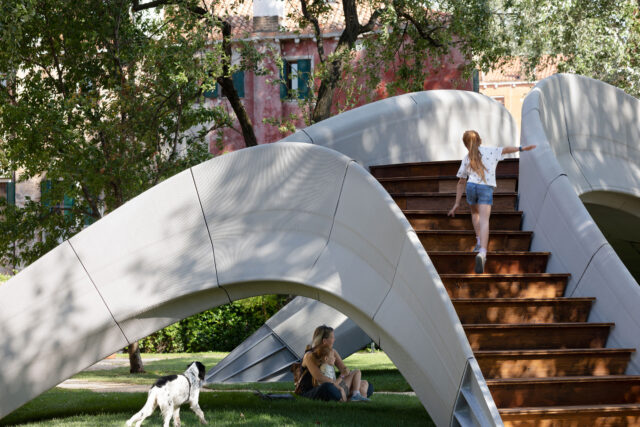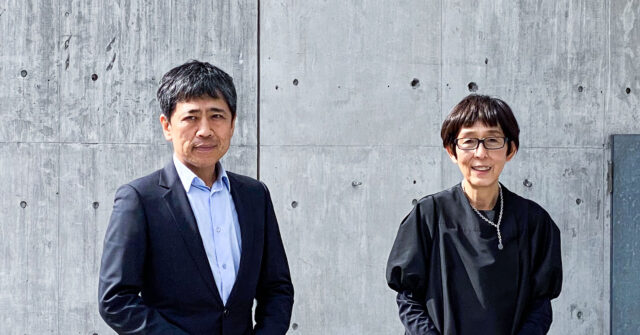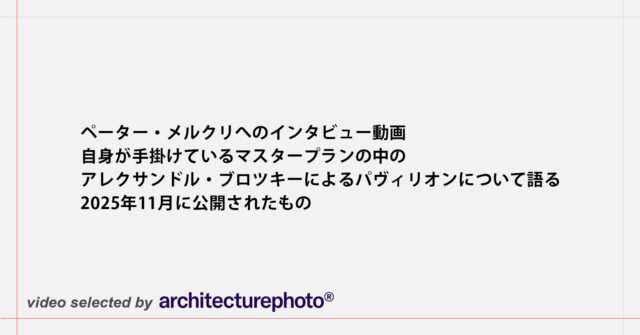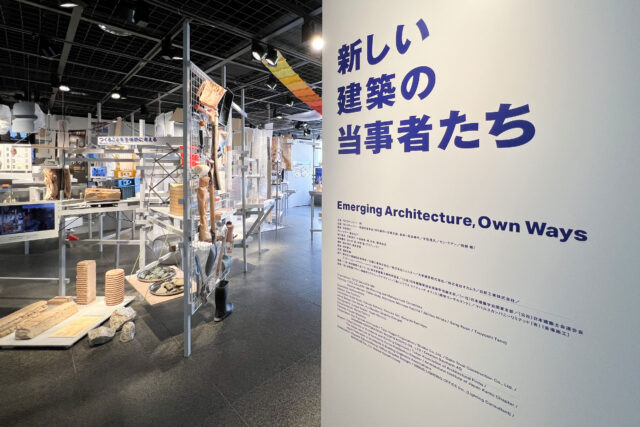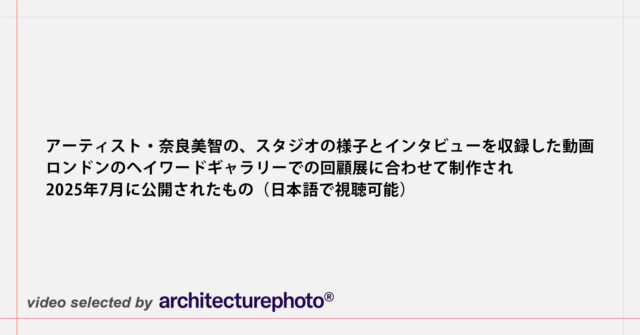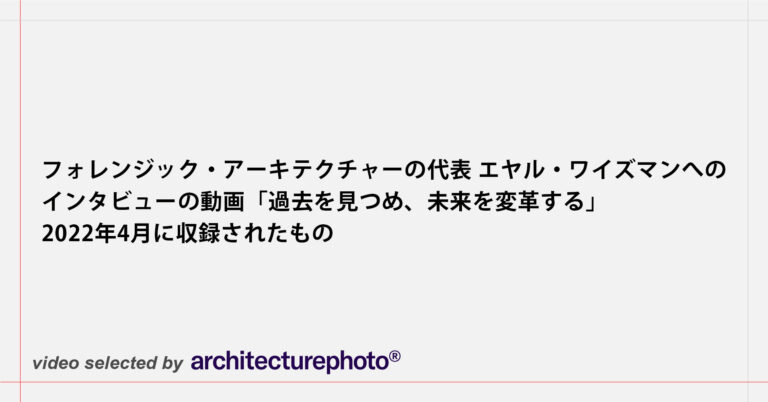
SHARE フォレンジック・アーキテクチャーの代表 エヤル・ワイズマンへの、2022年4月に行われたインタビューの動画「過去を見つめ、未来を変革する」
フォレンジック・アーキテクチャーの代表 エヤル・ワイズマンへの、2022年4月に行われたインタビューの動画「フォレンジック・アーキテクチャーは、過去を見つめ、未来を変革する」です。動画の制作はルイジアナ美術館です。
フォレンジック・アーキテクチャーは2019年に、イギリスの権威あるアートのアワード「ターナー賞」にノミネートされるなどでも注目を集めました。こちらにも、日本語で読める紹介記事があります。
(翻訳)
「真実は誤りの中にあります」。フォレンジック・アーキテクチャーの代表、エヤル・ワイズマンに会い、彼の仕事と、世界を理解するための重要なツールとしての建築の可能性について、魅力的な詳細インタビューを行いました。「物心ついたときから、建築家になりたいと思っていました」。イスラエルのハイファで育ったエヤル・ワイズマンは、早くから「建築の政治的意義」に対する理解を深めていました。
「近隣の地域がどのように構成されているのかがわかりました。パレスチナ人のコミュニティとユダヤ人のマジョリティの間の境界線が見えたのです」
フォレンジック・アーキテクチャーは、伝統的な建築企業とは一線を画しています。国家、警察、軍隊、企業による暴力を含む人権侵害を調査する学際的な研究グループです。建築家だけでなく、アーティスト、ソフトウェア開発者、ジャーナリスト、弁護士、アニメーターなどが参加しています。草の根活動家、国際NGO、メディア組織と協力し、政治紛争、警察の残虐行為、国境体制、環境暴力の影響を受ける人々のために調査を行っています。
フォレンジック・アーキテクチャーは、建築的なツールや方法を用いて、特定の事件を広義の空間的・建築的に分析します。3Dで視覚化しレンダリングすることで、空間を再構築するだけでなく、そこで何が起こったのかを記録するのです。
「建築とは、建物を建てることだと勘違いされています。建築はそうではありません。建築とは、その中での機能や人々のチャンネル、行動を開いたり閉じたりことによって可能になる、流動性や関係性のことなのです。建築とは、事件や出来事、その中で起こる社会的関係についてのものだと理解すれば、社会的関係や出来事をより良い方法で理解することができるようになるのです。実際、非常にユニークな方法です」と、エヤル・ワイズマンは言います。フォレンジック・アーキテクチャーは、素材や構造物、そして人々に声を与え、それらに対して行われた犯罪の証拠を翻訳し、画像や音で語りかけることによって、その物語を広めます。暴力の事件とその目撃者が空間的に分析されるとき、それらは視覚的な形を獲得します。したがって、フォレンジック・アーキテクチャーは、空間がその中で起こる出来事にどのように感化されるかを研究する美的実践でもあります。証言の調査や表現は、出来事がどのように知覚され、文書化され、提示されるかに依存します。
「フォレンジック・アーキテクチャーの原則に『ルック・ハード・プリンシパル』と呼ばれるものがあります。今日、フォレンジック・アーキテクチャーが調査している犯罪の多くは、都市の中、建物の中で起こっているため、建築はその痕跡を保存する媒体となるのです」
犯罪や紛争に関する既成の調査方法とは異なり、フォレンジック・アーキテクチャーは、事件が起こった空間に基づいてその事件を解明するために、型破りでユニークな方法をいくつか採用しています。また、目撃者、証言、証拠といった概念や、それらの相互関係をマッピングし、理解することに多くの注意を払います。人権に関する言説の中心に位置する目撃者の証言は、法廷での口頭での証言(viva voce)以上のものである可能性があります。葉っぱ、ほこり、レンガなど、どんな物質でも証言することができるのです。
フォレンジック・アーキテクチャーは、オープンソースのデータを使い、一部は彼ら自身のデザインによる最先端の手法で分析し、物質的な証拠を調査し、その声を伝えています。3Dモデルを使用し、トラウマとなるような出来事を経験した目撃者の記憶を呼び起こすのです。その目的は、問題の事件が起こった「空間」を再構築し、この構築されたモデルの中で関連する出来事を再演することです。
最も重要な情報源は、ソーシャルメディア、ブログ、政府のウェブサイト、衛星データソース、ニュースサイトなど、公共のものであることが多い。画像、データ、証言などを駆使し、その結果をオンラインで公開する一方、一部の事例をギャラリーや博物館で展示するフォレンジック・アーキテクチャーは、その調査を新しいタイプの法廷に持ち込んでいるのです。
「私たちの仕事はケアについてです。注意を払うことです。痕跡に気づき、それを記録する能力を開発し、強化することです。しかし、それだけではありません。しかし、それだけでは不十分で、その痕跡をつなぎ合わせる必要があるのです。その意味で、私たちの仕事は探偵のようなものです。未来を変えるために過去を見るのです」
(原文)
Forensic Architecture is Looking at the Past to Transform the Future“The truth is in the error.” Meet the head of Forensic Architecture, Eyal Weizman, in this fascinating in-depth interview about his work and the potential of architecture as a critical tool for understanding the world.
“Since I remember myself, I have wanted to be an architect.” Eyal Weizman grew up in Haifa, Israel, and from early on developed an understanding of “the political significance of architecture”:
“I could see the way that neighbourhoods were organized. I could see the separation. I could see the frontier areas between the Palestinian community and the Jewish majority.”
Forensic Architecture is far from a traditional architectural company. It is a multidisciplinary research group investigating human rights violations, including violence committed by states, police forces, militaries, and corporations. It includes not only architects but also artists, software developers, journalists, lawyers and animators. Working with grassroots activists, international NGOs and media organisations, the team carries out investigations on behalf of people affected by political conflict, police brutality, border regimes and environmental violence.
Forensic Architecture uses architectural tools and methods to conduct spatial and architectural analyses of particular incidents in the broadest possible sense. Visualising and rendering in 3D, they not only reconstruct a space but also document what happened in it.
“People mistake architecture to be about building buildings. Architecture is not that. Architecture is the movements and the relations that are enabled by the way you open, close and channel functions, people, and movements within that. The minute that you understand that architecture is about the incident, about the event, about social relations that happen within it, it enables you to understand social relations and events in a much better way. In fact, in a very unique way”, says Eyal Weizman.Forensic Architecture gives a voice to materials, structures and people by translating and disseminating the evidence of the crimes committed against them, telling their stories in images and sound. When an incident of violence and its witnessing are spatially analysed, they acquire visual form. Accordingly, Forensic Architecture is also an aesthetic practice studying how space is sensitised to the events that take place within it. The investigation and representation of testimony depend on how an event is perceived, documented and presented.
“There is a principle of Forensic investigation called the “look hard principal” – and it claims that every contact leaves a trace. Because many of the crimes that Forensic Architecture is looking at today happen within cities, happen within buildings, architecture becomes the medium that conserves those traces.”
Unlike established forms of crime and conflict investigation, Forensic Architecture employs several unconventional and unique methods to shed light on events based on the spaces where they took place. They also invest much attention in mapping and understanding concepts like witness, testimony and evidence, and their interrelations. Witness testimony, which sits at the centre of human rights discourse, can be more than viva voce, oral testimony in a court. Any material, like leaves, dust and bricks, can bear witness.
Forensic Architecture investigates and gives a voice to material evidence by using open-source data analysed using cutting-edge methods partly of their own design. Using 3D models, they facilitate memory recollection from witnesses who have experienced traumatic events. The objective is to reconstruct the ‘space’ in which the incident in question took place and then re-enact the relevant events within this constructed model.
The most important sources tend to be public: social media, blogs, government websites, satellite data sources, news sites and so on. Working with images, data, and testimony and making their results available online while exhibiting select cases in galleries and museums, Forensic Architecture brings its investigations into a new kind of courtroom.
“Our work is about care. It is about attention. It is about developing and augmenting the capacity to notice, to register those traces. But that’s not all. Then we need to connect them – one trace to the other. In that sense, our work is like a detective. We look at the past in order to transform the future.”

